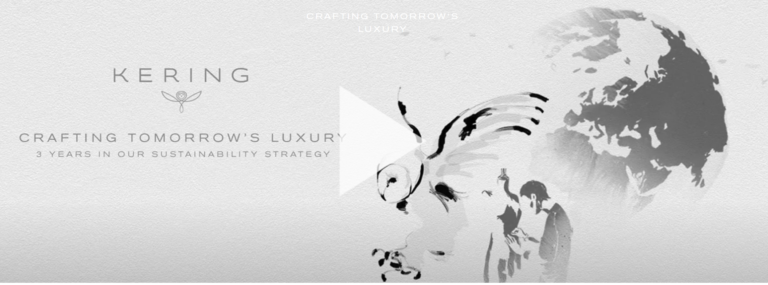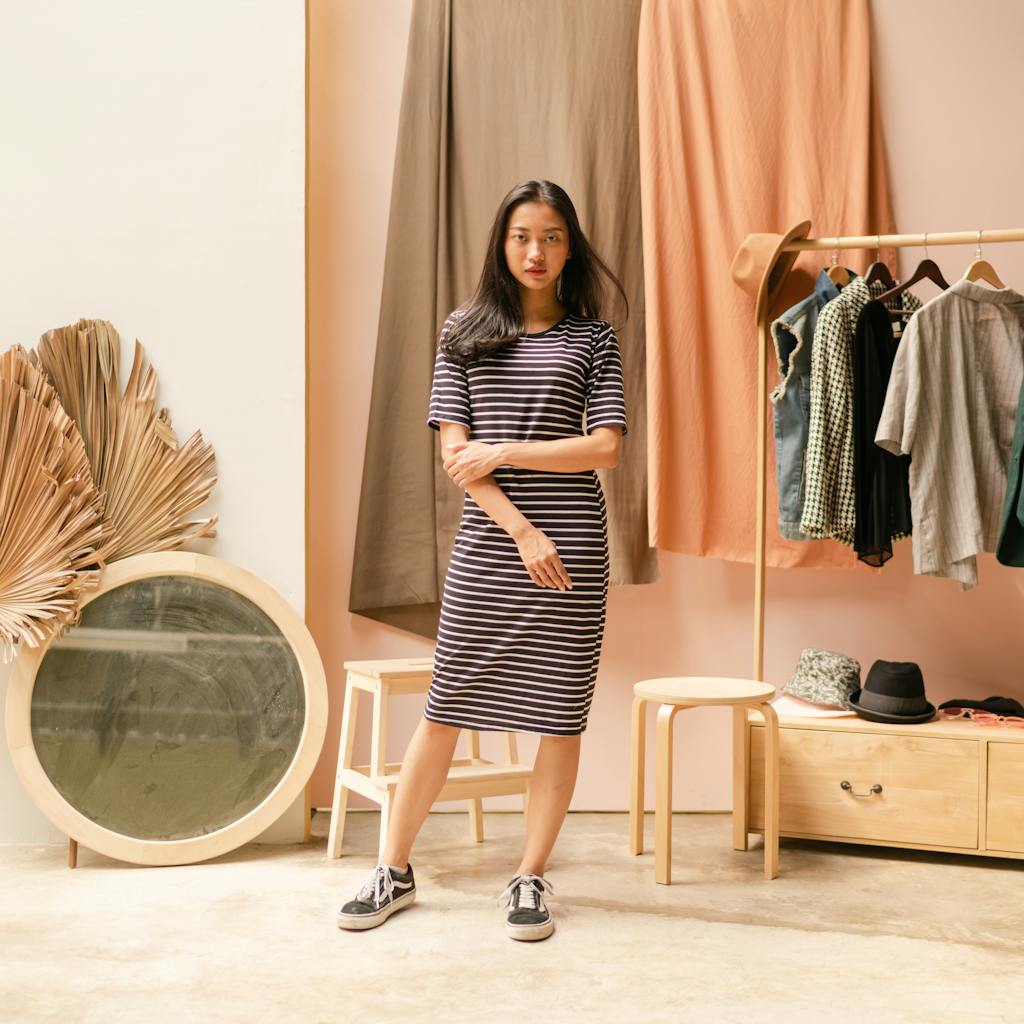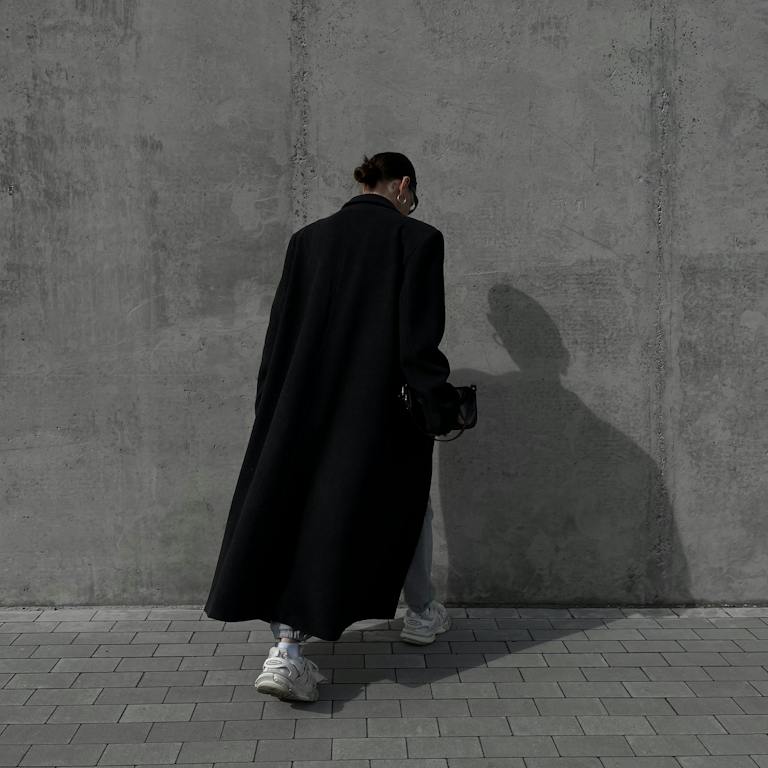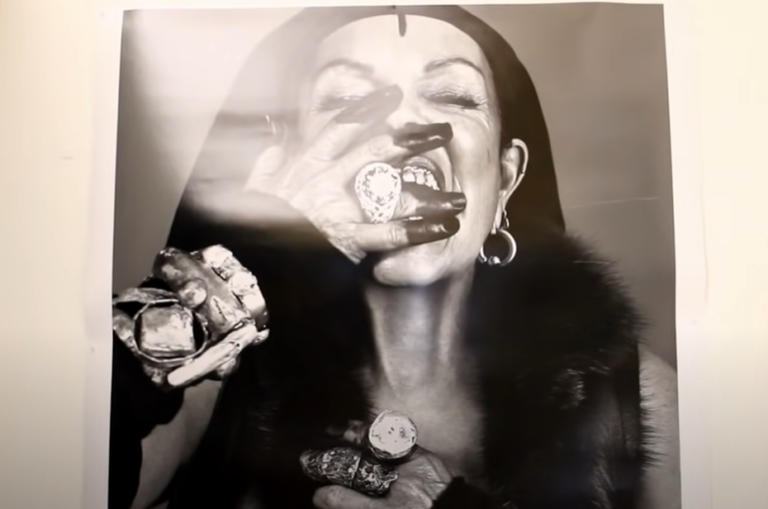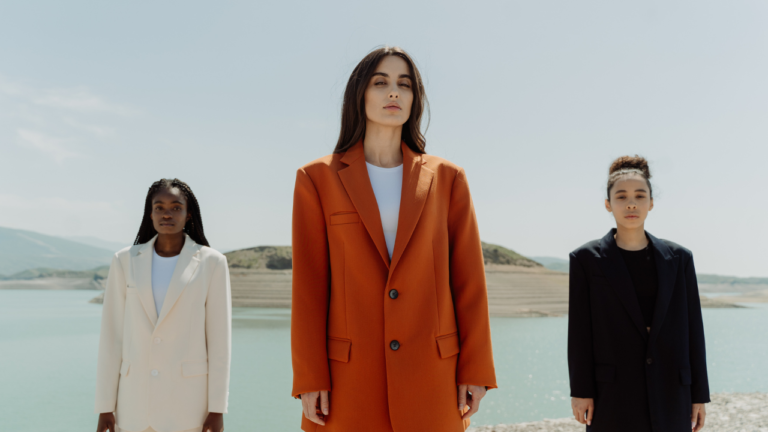What is considered luxury fashion?
Welcome to the fascinating world of luxury fashion! So, what is considered luxury fashion exactly? This blog aims to unravel the intricate tapestry of what constitutes luxury in the fashion industry. From the opulent materials and exemplary craftsmanship to the rich heritage and cultural significance, luxury fashion is much more than just high-end clothing – it’s a symbol of artistry, status, and innovation.
Whether you’re a fashion enthusiast, a curious observer, or somewhere in between, this exploration will provide you with a comprehensive understanding of the essence, impact, and future of luxury fashion. Let’s dive into the luxurious and exclusive world of high fashion, where every stitch tells a story and every brand has a legacy.
Key takeaways
- Luxury fashion is characterized by exceptional quality, craftsmanship, and exclusivity, transcending beyond mere clothing to symbolize status and artistry.
- The industry is continually shaped by technological innovations, cultural shifts, and a growing emphasis on sustainability and ethical practices.
- As luxury fashion evolves, it maintains a delicate balance between tradition and innovation, offering personalized, immersive experiences in an increasingly digital world.
The Essence of Luxury Fashion
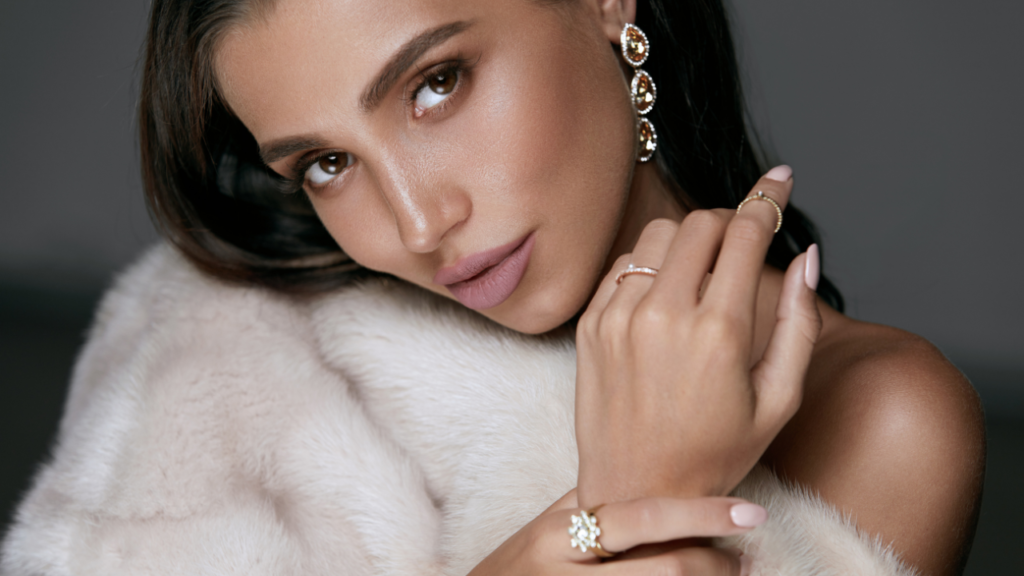
Definition and Key Characteristics
Luxury fashion isn’t just about clothing; it’s an art form that embodies quality, craftsmanship, and exclusivity. At its core, luxury fashion is defined by the exceptional quality of materials. These aren’t your everyday fabrics; luxury brands often use materials that are rare, exotic, or painstakingly developed. Think cashmere, silk, or even technologically advanced textiles that blend comfort with elegance.
But what truly sets luxury items apart is their craftsmanship. Each piece is often handcrafted by skilled artisans, with meticulous attention to detail that mass-produced items simply can’t match. This craftsmanship extends beyond just the construction; it’s about the design, the fit, and how the garment feels to the wearer.
Exclusivity plays a significant role as well. Luxury fashion items are often produced in limited quantities, making them not just clothing, but collectibles. This scarcity ensures that each piece is unique or part of a very select collection, adding to its allure and desirability.
Brand Heritage and Prestige
The allure of luxury fashion isn’t just in the product; it’s deeply rooted in the brand’s heritage and prestige. Many luxury brands have a rich history, with stories of artisans and designers who revolutionized fashion. This heritage creates a narrative that adds depth and character to the brand, transcending beyond just the products they sell.
Iconic designs are a testament to a brand’s legacy. These are designs that have stood the test of time and often become synonymous with the brand itself. Think of Chanel’s little black dress or Louis Vuitton’s monogram canvas. These iconic pieces are not just fashion statements; they’re part of fashion history.
The Cultural Impact of Luxury Fashion
Fashion as a Status Symbol
Luxury fashion transcends mere clothing; it’s a symbol of status and wealth. Owning a luxury item is often seen as a sign of success and sophistication. This perception is partly influenced by societal norms, where luxury items are coveted and revered.
The impact of celebrities and public figures in shaping luxury fashion cannot be understated. When a celebrity is seen wearing a particular brand, it immediately gains cachet. This influence helps shape trends and often dictates what is considered ‘in’ in the world of luxury fashion.
The Evolution of Luxury Trends
The evolution of luxury fashion is a fascinating journey from historical opulence to modern minimalism. Luxury fashion has always been a reflection of the times, mirroring societal changes and cultural shifts. What was once the preserve of royalty and the elite has evolved to become more accessible, yet still retaining that aura of exclusivity.
Globalization has had a profound impact on luxury fashion. It has expanded the reach of luxury brands, allowing them to influence and be influenced by diverse cultures. This has led to a more inclusive approach to luxury fashion, where designs and trends are often a fusion of global aesthetics.
The Business of Luxury Fashion
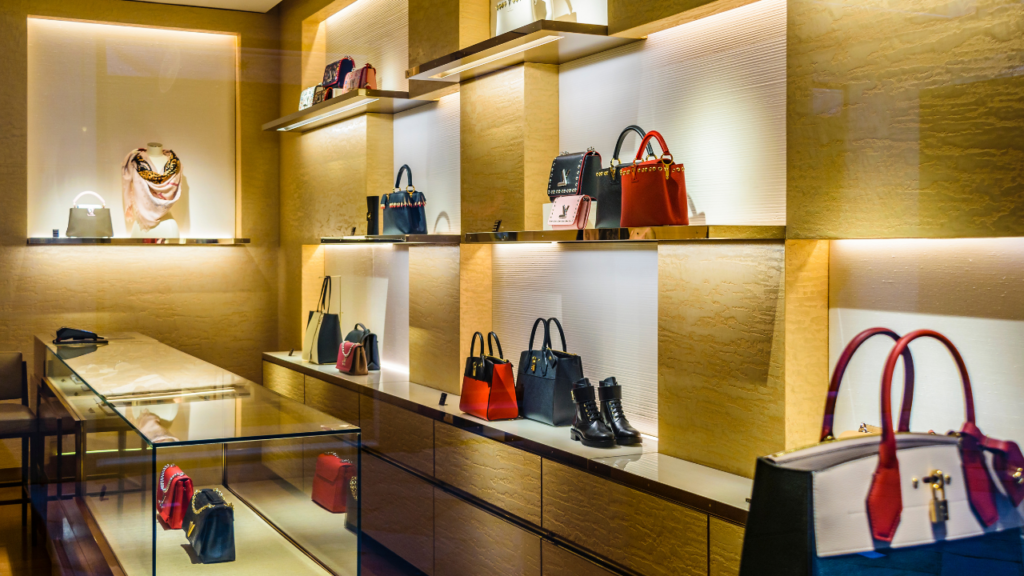
Market Dynamics
Understanding the market dynamics of luxury fashion is crucial. The target demographic for luxury brands typically includes high-net-worth individuals who value quality and exclusivity. However, in recent years, there’s been a shift, with younger consumers, often driven by digital influence, showing increased interest in luxury items.
Pricing strategies in luxury fashion are not just about covering costs; they’re about positioning. High prices create a perception of exclusivity and desirability. They’re a part of the brand’s image, signifying the value, quality, and status associated with owning a luxury item.
Innovation and Sustainability
The intersection of technology and luxury fashion is a growing trend. Brands are increasingly using advanced technologies to enhance the customer experience, whether it’s through virtual reality showrooms or AI-driven personalization. This technological integration is not just a fad; it’s reshaping the luxury landscape.
Sustainability is no longer a choice but a necessity in the luxury fashion world. As awareness of environmental issues grows, luxury brands are embracing sustainable practices. This shift is not just about ethical responsibility; it’s also about meeting the demands of a more environmentally conscious consumer base. The rise of sustainable luxury represents a significant change in how luxury brands operate, balancing opulence with responsibility.
The Future of Luxury Fashion
The landscape of luxury fashion is constantly evolving, shaped by cultural shifts, technological advancements, and global trends. As we look towards the future, it’s clear that this sector will continue to redefine itself, embracing new challenges and opportunities.
Emerging Trends and Predictions
The digital transformation in luxury fashion is not just a trend; it’s a revolution. Online platforms are becoming increasingly important for luxury brands, offering a new way to connect with customers. This digital shift is about more than just e-commerce; it’s about creating an immersive brand experience. From augmented reality fitting rooms to AI-based styling advice, technology is enabling luxury brands to offer personalized, engaging experiences to their customers.
Another exciting frontier is the integration of artificial intelligence (AI) and virtual reality (VR) in luxury fashion. These technologies have the potential to transform everything from design to retail. Imagine AI-driven designs that predict and shape future trends or VR showrooms that allow customers to try on and customize clothing in a virtual environment. These innovations could redefine the luxury shopping experience, making it more interactive and personalized.
Challenges and Opportunities
As the luxury fashion industry moves forward, it faces a unique set of challenges and opportunities. One of the most pressing issues is the need for ethical and sustainable practices. Consumers are increasingly aware of the environmental and social impact of their purchases. Luxury brands must navigate these concerns, balancing the desire for exclusivity and opulence with a commitment to sustainability. This includes everything from sourcing eco-friendly materials to ensuring fair labor practices.
The future also presents significant growth opportunities for luxury fashion. Emerging markets, particularly in Asia and the Middle East, are showing a growing appetite for luxury goods. This expansion presents a chance for luxury brands to tap into new customer bases and explore diverse cultural influences in their designs.
Additionally, there’s an opportunity to innovate in the realm of personalized experiences. With advancements in technology, luxury brands can offer bespoke services, from custom-tailored clothing to personalized shopping experiences. This level of personalization not only enhances the customer experience but also reinforces the exclusivity and prestige that are hallmarks of luxury fashion.
Conclusion
As we conclude our journey through the world of luxury fashion, it’s evident that this industry is a blend of tradition and innovation, exclusivity and accessibility, artistry and technology. Luxury fashion isn’t just about the clothes we wear; it’s a reflection of our culture, our aspirations, and our values.
Whether it’s embracing sustainable practices, adapting to digital transformations, or exploring new markets, luxury fashion continues to evolve while maintaining its essence of elegance and exclusivity.
We hope this exploration has not only informed you but also inspired you to appreciate the intricate details and profound impact of luxury fashion in our lives. Remember, in the realm of luxury, every piece is not just an item of clothing; it’s a piece of art, a slice of history, and a glimpse into the future.
FAQs
What distinguishes luxury fashion from other types of fashion?
Luxury fashion is set apart by its high-quality materials, expert craftsmanship, limited production, and the prestige of its brand heritage.
How is technology influencing the future of luxury fashion?
Technology, particularly AI and VR, is revolutionizing luxury fashion by enhancing design processes, creating immersive digital experiences, and enabling personalized customer service.
Why is sustainability becoming important in luxury fashion?
Sustainability is crucial due to growing consumer awareness of environmental and ethical issues, prompting luxury brands to adopt eco-friendly practices and demonstrate social responsibility.

